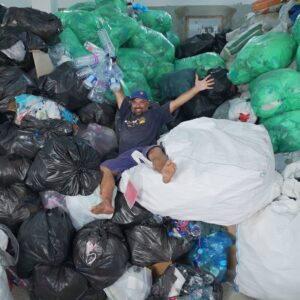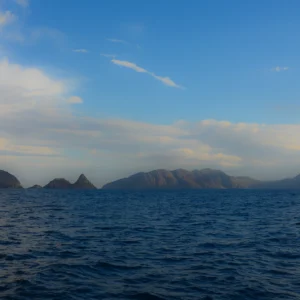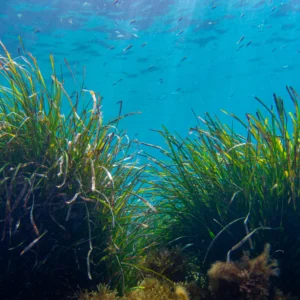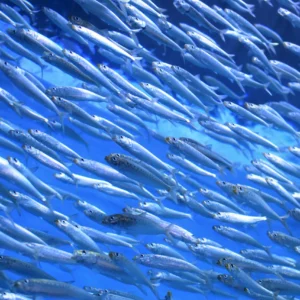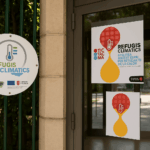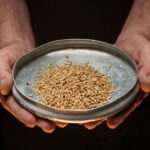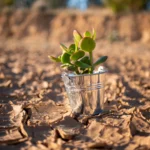Water scarcity is a growing concern all over the world, including Tunisia, a country subject to the forces of climate crisis, consumerism and management that lacks the optimization needed to preserve its water resources.
The burden of resource depletion
According to the WHO, water stress occurs when a person has less than 1,700 cubic meters of water per year. Below 1,000 cubic meters, we speak of water scarcity. A threshold far exceeded by Tunisia, which has only 420 cubic metres per year per inhabitant. This alarming situation began 30 years ago and is likely to become more pronounced in the years to come. This situation is due not only to the over-consumption of resources, but also to the climate crisis, which has disrupted rainfall variations and accentuated drought cycles.
30% of water resources have been depleted since the 80s, and a further 30% are likely to be depleted by 2050. However, water stress is not just a question of lack of volume, but also of quality and accessibility, a key issue included in the United Nations’ sustainable development goals.
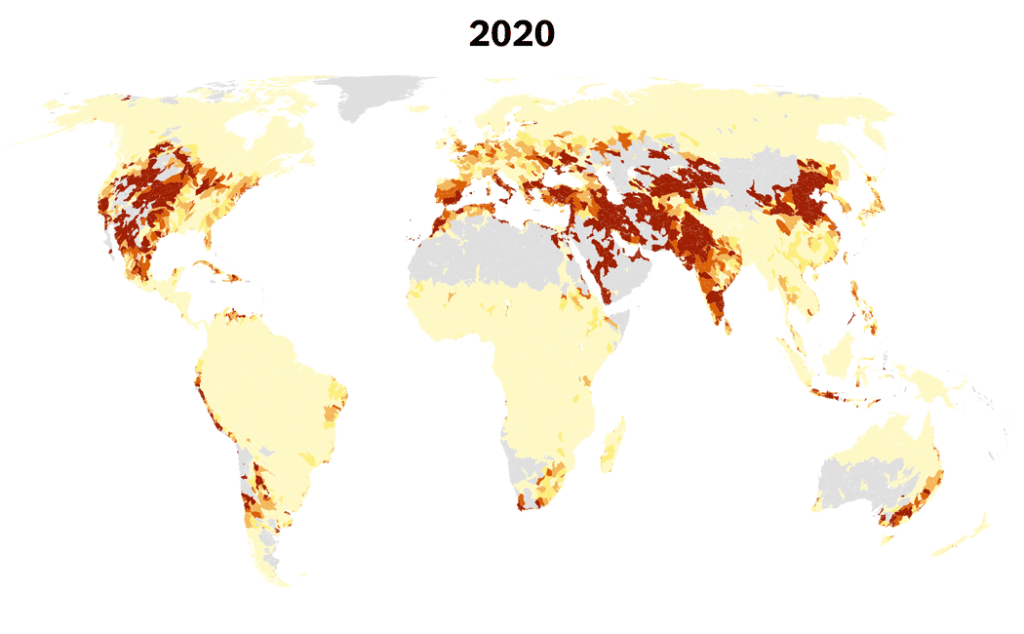
Source: World Resources Institute
Tunisia mobilizes 60 to 80% of its resources to meet its needs, putting the country in a situation of high or even “very high” water stress by 2040.
According to the World Resources Institute
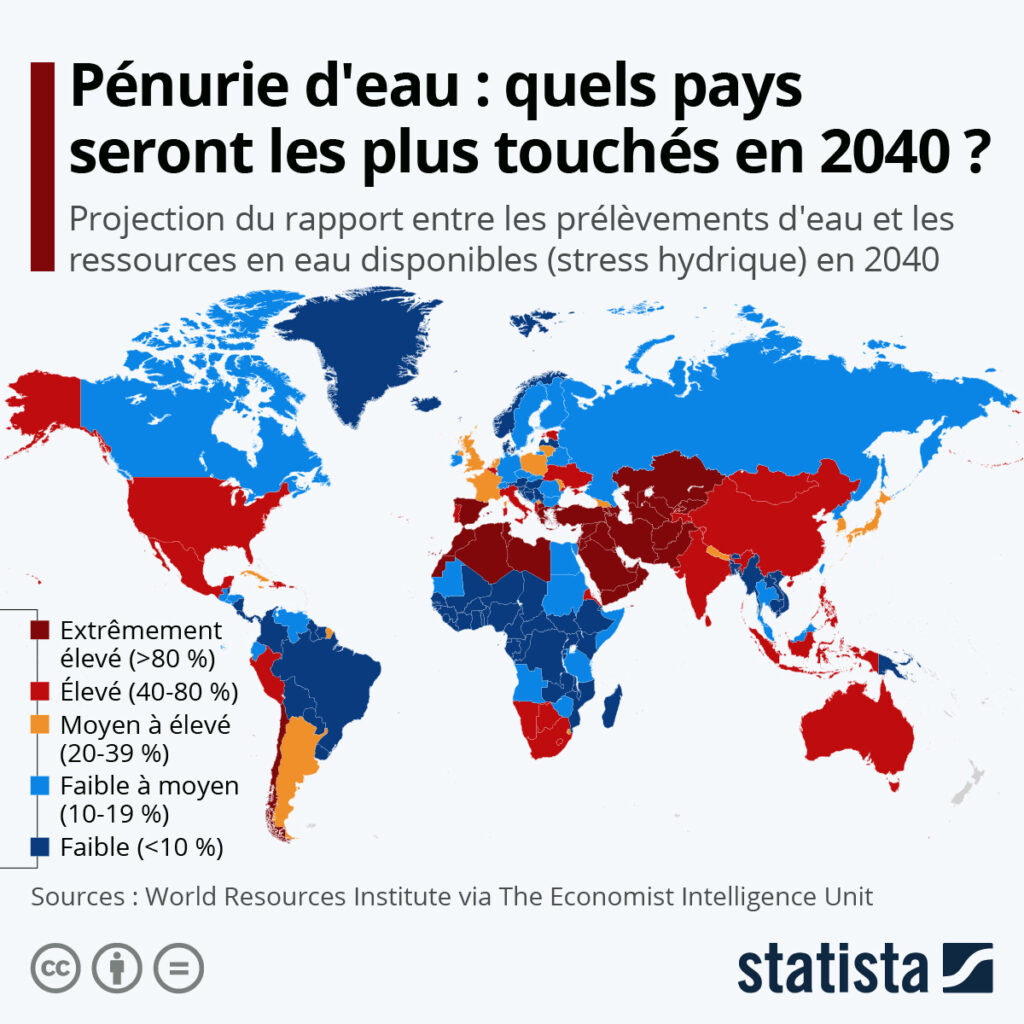
Source: World Resources Institute
Agriculture: a sector on the poverty line!
The agricultural sector is vital to food security, contributing 10% of GDP, rising to 13% of national GDP if the agri-food industry is added.
The impact of water stress is certainly direct on agricultural production, which uses 80% of water resources. The sector loses 20,000 hectares of fertile land every year, putting Tunisian food security at risk.
The effect is all the greater on crops that consume more water, such as wheat, potatoes, onions and tomatoes – crops traditionally indispensable for daily consumption that are in danger of disappearing from the local Tunisian market.
The repercussions go beyond the food angle and extend to a direct social impact on at least 14% of the active population working in the agricultural sector. Around 580,000 Tunisians are threatened by the loss of their jobs and climate exodus, potentially leading to an increase in the poverty rate.
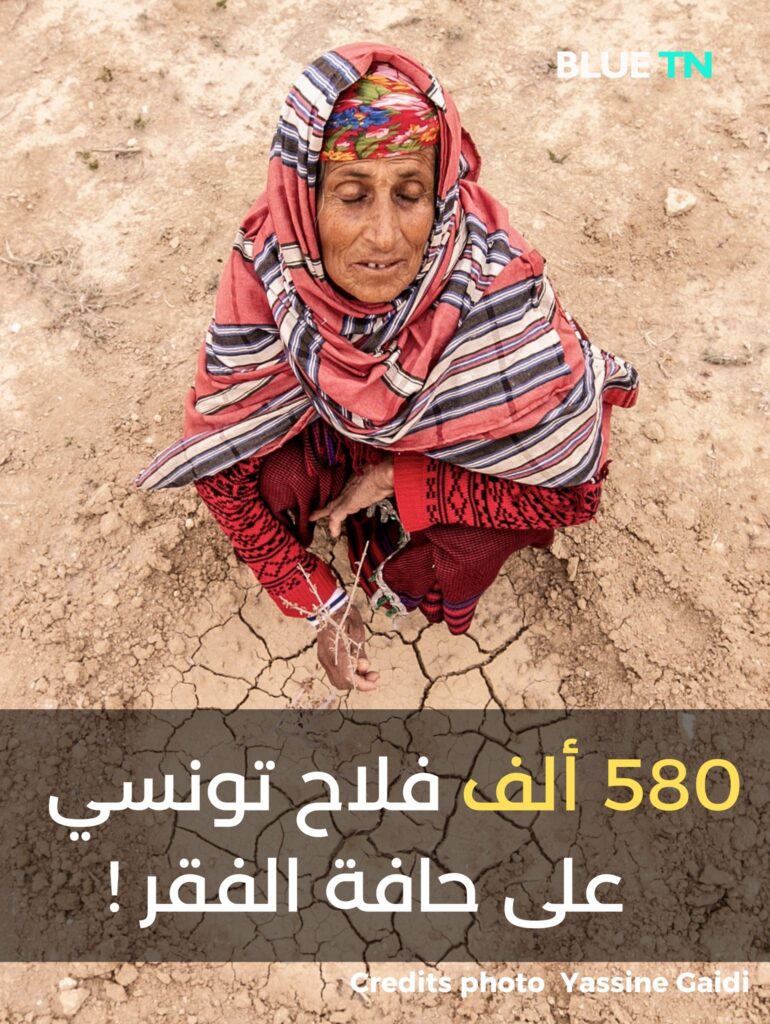
Poor infrastructure
The situation of the infrastructure requires urgent maintenance, for example the water stock of our dams, which in September 2022 will not exceed 33% of their capacity. This shortfall is essentially due to the amount of sediment that fills the dams without maintenance.
The drinking water pipeline itself is in urgent need of maintenance, as it is an old pipeline with leaks: technical losses and network losses of up to 35%.
Solutions …? It’s about time!
Managing existing assets
Faced with this situation, we can act on three essential pillars. First and foremost, the immediate priority will be to maintain our existing infrastructure by removing the accumulated sediment from our dams to improve rainwater collection capacity. In the water exploitation and distribution network, work will have to be carried out on leaks and losses, as making up for the shortfall is a matter of urgency in a situation of water crisis.
Back to the roots
The second pillar concerns the return to origins, which could be a potential solution for agriculture, through the use of seeds and ancient peasant seeds, which are characterized by lower water consumption than imported seeds.
Old-fashioned domestic solutions need to be revived, especially in terms of rainwater harvesting by tanks such as the “Mejel”, which has become a necessity in every home.
Other ancient farming methods can be adopted, such as “Oyas” or “Qolla”, a method dating back to the Carthaginian era, based on self-sufficient drip irrigation using microporous ceramic pots buried near the plants. Ramli” is also a cultivation technique that involves planting in sandy seaside plots. Used before by the Andalusians to cope with increasing water shortages.
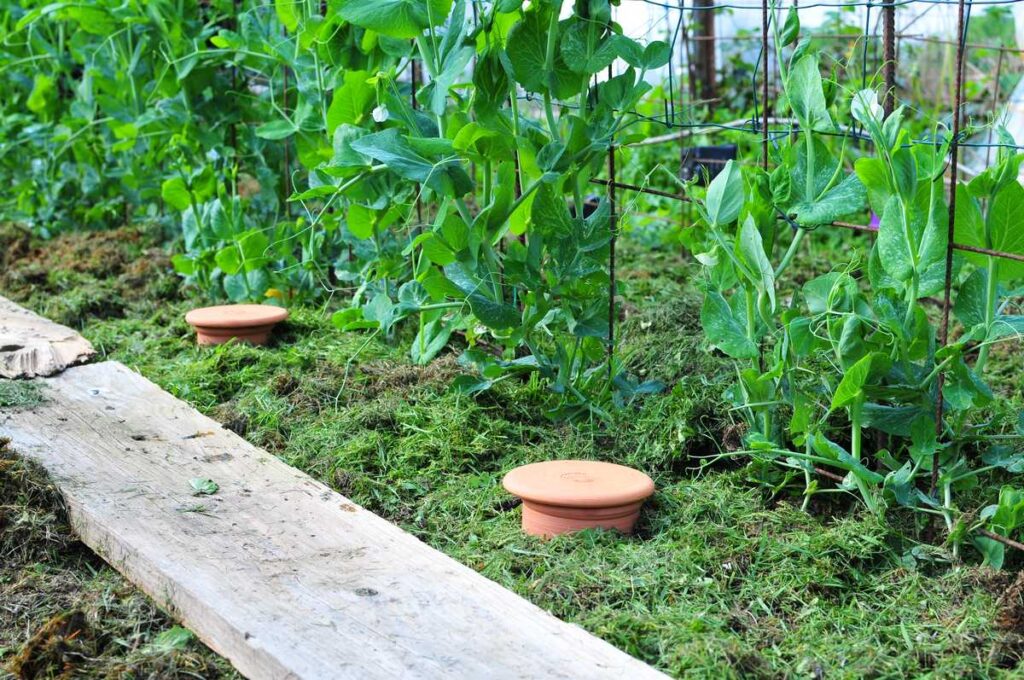
The future is technology and innovation
The third pillar is a focus on new technologies, which is essential if we are to optimize water consumption, particularly in the agricultural sector. IOT must take its place in Tunisian agriculture to reduce water losses and increase productivity performance. This involves “smart farming” in crops and livestock buildings, with monitoring that takes into account the various natural parameters (heat, humidity, nature of the agricultural product, production cycle, etc.) to optimize the quantities of water used according to demand in real time.
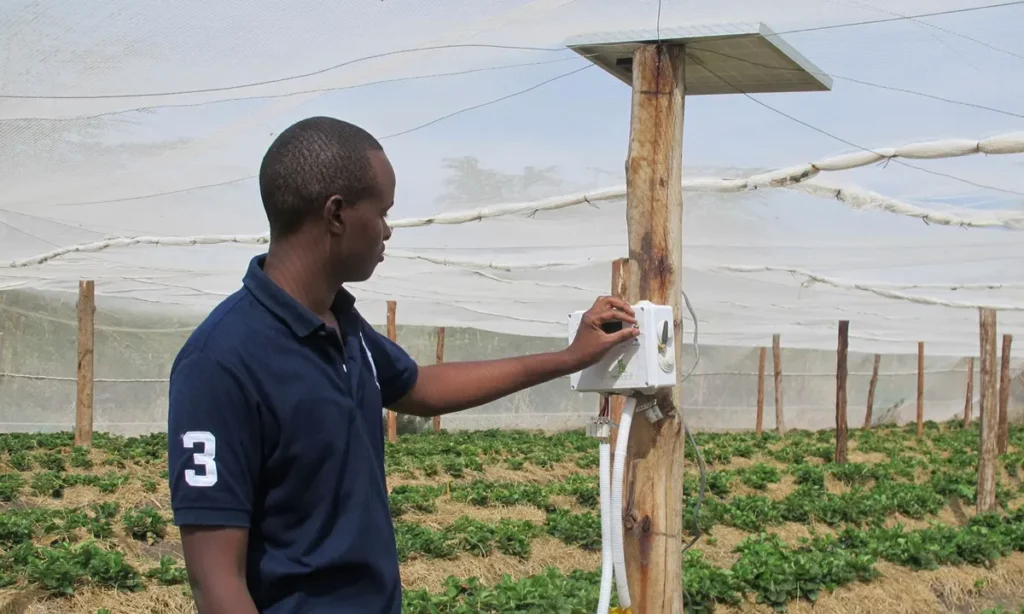
An approach that has been adopted in several countries, such as Kenya and India, and is saving their agricultural sector and water resources.
National policies: to be strengthened
Finally, it should be noted that a national innovation system needs to be put in place, with the necessary policies, resources and structures involving all stakeholders under “aquatic governance”, if the water crisis is to be managed effectively and sustainably. This is an issue of alarming importance from an agricultural, economic and social point of view, and one that could extend into areas of territorial conflict if it isn’t at the top of the list of immediate national priorities.
